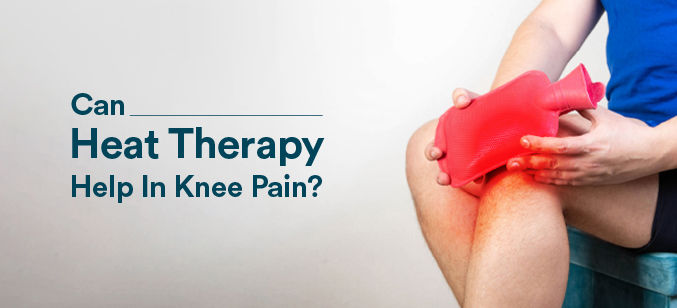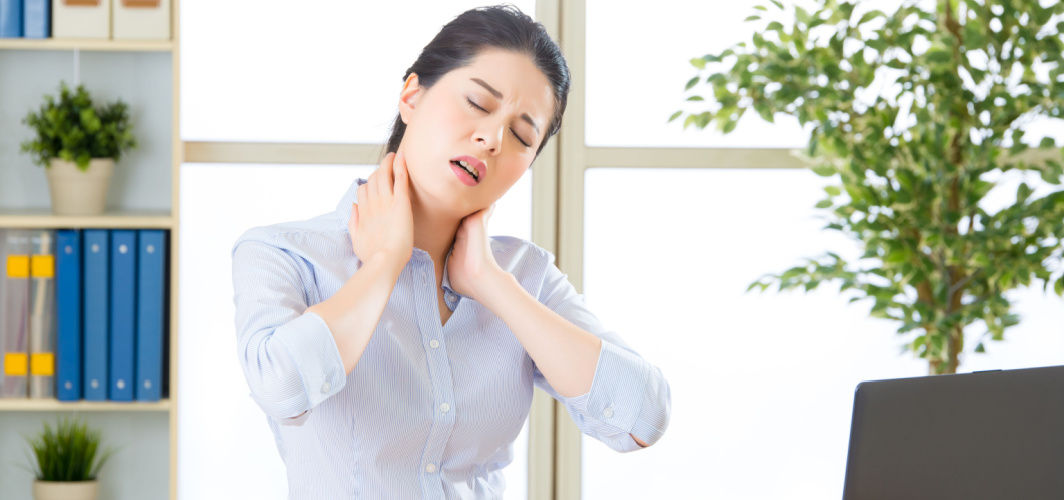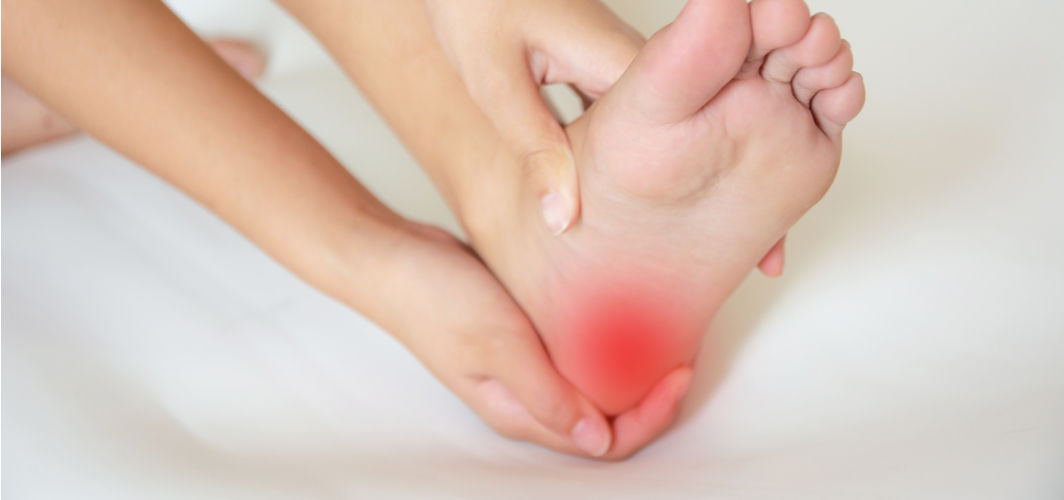Orthopedic Conditions
Heat Therapy to Swimming: 4 Best Home Remedies for Knee Pain
6 min read
By Apollo 24|7, Published on - 30 January 2023, Updated on - 31 May 2025
Share this article
0
1 like

Our knees are particularly vulnerable joints because they support our body weight. And since they are constantly under strain from activities like bending, kneeling, squatting, jogging, or even walking, knee pain remains an extremely common complaint.
While at times this pain may be a result of a direct injury, at others, it could simply be because of overuse, weak bones, excessive weight, or serious lifestyle disorders. Read on as we discuss some of the probable causes, peculiar symptoms, and some time-tested home remedies to alleviate knee pain.
Causes of Knee Pain: Non-Medical and Medical
Causes for knee pain include both medical (disease or disorder-specific) and non-medical (lifestyle-related) reasons. Some of the top examples are as follows-:
Non-Medical Causes | Medical Causes |
Overuse | Obesity |
Poor posture | Arthritis |
Ill-fitting shoes | Patellofemoral Pain Syndrome (PFPS) |
Injury | Tendinitis |
Non-Medical Reasons
1. Overuse
This is common among people who participate in long-duration sports and activities such as running, cycling, and stair climbing, all of which put the knee through repeated stress.
Remedy: Take a break of at least 5-10 minutes in between every 30 minutes of your strenuous activity. Couple this with slight stretches or see if you can place your leg on a slightly inclined surface. This should help reduce the consistent strain while facilitating good blood circulation.
2. Poor Posture
Slouched back, sudden jerks, or sitting continuously for 6-8 hours are a few of the top examples of poor posture. Such measures then cause improper balance, excessive strain, poor gait, and pulsating pain in and around the knee joint and calf muscles.
Remedy: Consciously work towards an upright posture while avoiding sitting on low-floor furniture and couches that you might have to ‘sink’ into. Additionally, take short breaks every 60 minutes and practice a brisk walk. This shall particularly break the monotony while aiding blood circulation.
3. Ill-Fitting Shoes
Ill-supported and ill-fitting shoes, high heels, or flip flops are particularly infamous for collapsed arches, poor gait, and knee pain. They are also known to cause twisted knees, tendon strains and misalignments in the sitting and walking structure.
Remedy: Limit flip flops or high heels to only once a week and switch to well-supported shoes for everyday tasks. In case your job or lifestyle requires you to wear shoes for exceptionally long hours, see that you soak your feet in lukewarm warm water for at least 15 minutes every night before sleeping. This should help you unwind better while taking away the extra heat and everyday strain on your legs and feet.
4. Injury
At times, the pain could be a result of a direct hit to the knee or a flat fall. This is particularly common in accidents or contact sports such as cricket, basketball, football, or hockey.
First Aid: Immediately rest your joint and elevate the injured leg. In case the joint feels warm, apply ice packs. If the joint is cold, apply heat. Arrange to consult sports orthopaedic immediately.
Medical Reasons
1. Obesity
Obesity remains one of the top causes of knee pain worldwide. This is essential because of the extra body weight that now needs to be balanced on the knees while walking, sitting, jogging, or even standing. As a result, knee pain and swelling become an everyday pain point in people with extra weight.
Associated Symptoms: Increased body weight, large waist, fatigue, sleep apnea, Type 2 diabetes, high blood pressure, high cholesterol, and more.
Consult a General Physician Now
2. Arthritis
The second biggest churner is arthritis. It marks inflammation, consistent pain, and most importantly- stiffness and immobility. The knee can be affected by a number of different kinds of arthritis, including psoriatic arthritis, osteoarthritis, gout, and rheumatoid arthritis.
Associated Symptoms: Joint pain, stiffness, swelling, weakness, redness or warmth around the joint, limited range of motion, and more.
Consult an Orthopedic Doctor Now
3. Patellofemoral Pain Syndrome (PFPS)
PFPS is another marked cause of knee pain. This ailment causes knee cap and thigh bone pain. Overuse or repetitive movements like jogging, cycling, or stair climbing can be a few of the probable causes.
Associated Symptoms: Pain in the front of the knee, a popping or cracking sensation, stiffness and swelling in the knee, and more.
Consult an Orthopedic Specialist Now
4. Tendinitis
It is the inflammation of tendons (fibrous tissue) that connect muscles to bones. During knee tendinitis, a person experiences discomfort due to inflammation in the tendons that attach the kneecap to the shin bone.
Associated Symptoms: Cracking sounds, swelling, weakness, limited range of motion, joint pain, and more.
Consult Our Bone Specialists Now
💡 Did You Know?
Weight maintenance, knee support exercises, and frequent breaks from activities that place repetitive stress on the knee can effectively prevent knee pain.
Knee Pain Treatment At Home
Following are some of the first aid options and remedies you can try at home to treat mild-moderate knee pain. However, in case the following methods do not help, or the symptoms turn worse, consult your physician at the earliest. You might need detailed screening and cause-specific medications.
1. Heat Therapy
Knee pain from arthritis or tendinitis can be alleviated with the use of heat therapy. Because heat increases blood flow to the injured area, it can speed healing, lessen pain, and loosen stiff muscles.
For 15-20 minutes, heat the area using a heating pad or hot water bottle. A paraffin wax bath can also be used to alleviate severe discomfort.
According to Dr Kaushik Reddy, an orthopaedic doctor associated with Apollo 24|7, “ heat therapy helps to loosen the tight muscles and joint, thus relieving knee pain and muscle spasm.”
2. Stretching
Stretching can certainly reduce knee pain by breaking open the pain knots, increasing blood flow, strengthening muscles, increasing flexibility, and decreasing muscular imbalances. While doing so, you should particularly focus on stretching the muscles in the front and rear of your thighs.
3. Exercise
Swimming and cycling are two examples of low-impact exercises that can help strengthen the muscles around the knee, which in turn can help minimise knee discomfort.
Swimming is a great way to maintain fitness and enhance mobility when dealing with knee discomfort because it reduces the impact on the knees. Your painful knee will feel lesser pressured thanks to the buoyancy of the water.
4. Over-the-counter Pain Medication
Ibuprofen and naproxen are a few examples of non-steroidal anti-inflammatory medicines (NSAIDs), which are known for their ability to alleviate pain and inflammation. However, in case you find yourself dependent on either or both for more than 2 days, consult your physician immediately. You might need expert screening and treatment.
As per Dr Kaushik Reddy, “Over the counter topical pain relief gels which include Capsaicin, Salicylates or Lidocaine/NSAID gels can help reduce knee pain."
Takeaways | When to See a Doctor?
If you are experiencing knee pain, you should make an appointment with an orthopaedic specialist as soon as possible so that they can assist you in determining the underlying cause of your symptoms and recommend appropriate treatment options. This is especially important if you develop severe symptoms such as:
- Severe pain and swelling that lasts for days
- Severe bruising
- Difficulty walking
- Warmth in your joints
- Fever (a sign of infection)
- Redness around the knee
Talk to Apollo’s leading orthopaedic today if you have any concerns about knee pain.
Orthopedic Conditions
Consult Top Orthopaedicians
View AllLeave Comment
Recommended for you

Orthopedic Conditions
Cervical Spondylosis To Meningitis: Know The 4 Common Causes Of Neck Pain
Neck pain is common, but sometimes it can indicate severe injury and damage. Immediate medical attention is crucial for neck pain caused by inflammation and abnormalities.

Orthopedic Conditions
What Is Osteopenia How Can It Be Prevented?
Osteopenia is a medical condition where a person loses bone mineral mass, but the loss is not as low to be classified as osteoporosis.

Orthopedic Conditions
Plantar Fasciitis: Managing Persistent Heel Pain
Plantar fasciitis is a common cause of heel pain that can develop due to overstretching, different anatomy of the foot or a medical condition.
Subscribe
Sign up for our free Health Library Daily Newsletter
Get doctor-approved health tips, news, and more.
Visual Stories

How to Keep Your Bones Strong and Healthy Naturally
Tap to continue exploring
Recommended for you

Orthopedic Conditions
Cervical Spondylosis To Meningitis: Know The 4 Common Causes Of Neck Pain
Neck pain is common, but sometimes it can indicate severe injury and damage. Immediate medical attention is crucial for neck pain caused by inflammation and abnormalities.

Orthopedic Conditions
What Is Osteopenia How Can It Be Prevented?
Osteopenia is a medical condition where a person loses bone mineral mass, but the loss is not as low to be classified as osteoporosis.

Orthopedic Conditions
Plantar Fasciitis: Managing Persistent Heel Pain
Plantar fasciitis is a common cause of heel pain that can develop due to overstretching, different anatomy of the foot or a medical condition.


